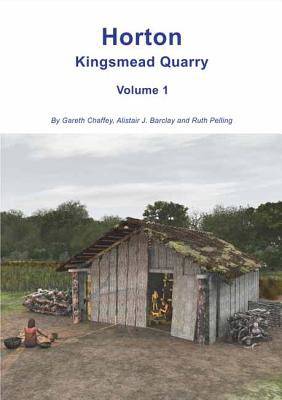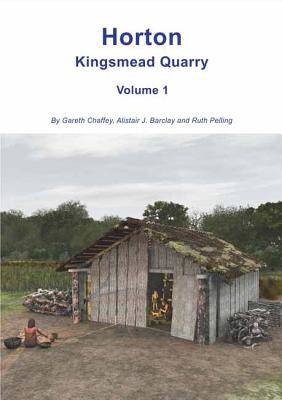
- Afhalen na 1 uur in een winkel met voorraad
- Gratis thuislevering in België vanaf € 30
- Ruim aanbod met 7 miljoen producten
- Afhalen na 1 uur in een winkel met voorraad
- Gratis thuislevering in België vanaf € 30
- Ruim aanbod met 7 miljoen producten
Zoeken
€ 138,95
+ 277 punten
Omschrijving
Excavations at Kingsmead Quarry, Horton, Berkshire, have provided an opportunity to investigate a large multi-period site with occupation dating back over 12,000 years. The immediate landscape was one of braided river channels for much of later prehistory, whilst a substantial channel at the southern edge of the quarry is thought to be a former course of the Thames. The investigations at Horton have revealed evidence for a rare Early Neolithic house, indicating permanent occupation on the site from about 3800 BC. A number of contemporary pits are suggestive of a house 'void'. During the Bronze Age the landscape was dramatically transformed from an open area to an enclosed and subdivided agricultural landscape comprising field systems and two substantial farmsteads. Each farm was associated with burials, domestic refuse and metalwork. The Iron Age and Romano-British periods saw continued development and reorganization of the landscape, with associated settlements of a much smaller scale. This is the first of three volumes and covers the results from 2003-2009. A range of structural evidence, augmented by considerable quantities of artifactual and environmental information, show Horton to have been a suitable and significant place for episodic settlement from the start of the Neolithic. A detailed account of the site is given in this volume, whilst its position in the wider archaeological landscape of the Middle Thames Valley is discussed.
Specificaties
Betrokkenen
- Auteur(s):
- Uitgeverij:
Inhoud
- Aantal bladzijden:
- 300
- Taal:
- Engels
- Reeks:
- Reeksnummer:
- nr. 32
Eigenschappen
- Productcode (EAN):
- 9781874350668
- Verschijningsdatum:
- 1/04/2026
- Uitvoering:
- Hardcover
- Formaat:
- Genaaid

Alleen bij Standaard Boekhandel
+ 277 punten op je klantenkaart van Standaard Boekhandel
Beoordelingen
We publiceren alleen reviews die voldoen aan de voorwaarden voor reviews. Bekijk onze voorwaarden voor reviews.











